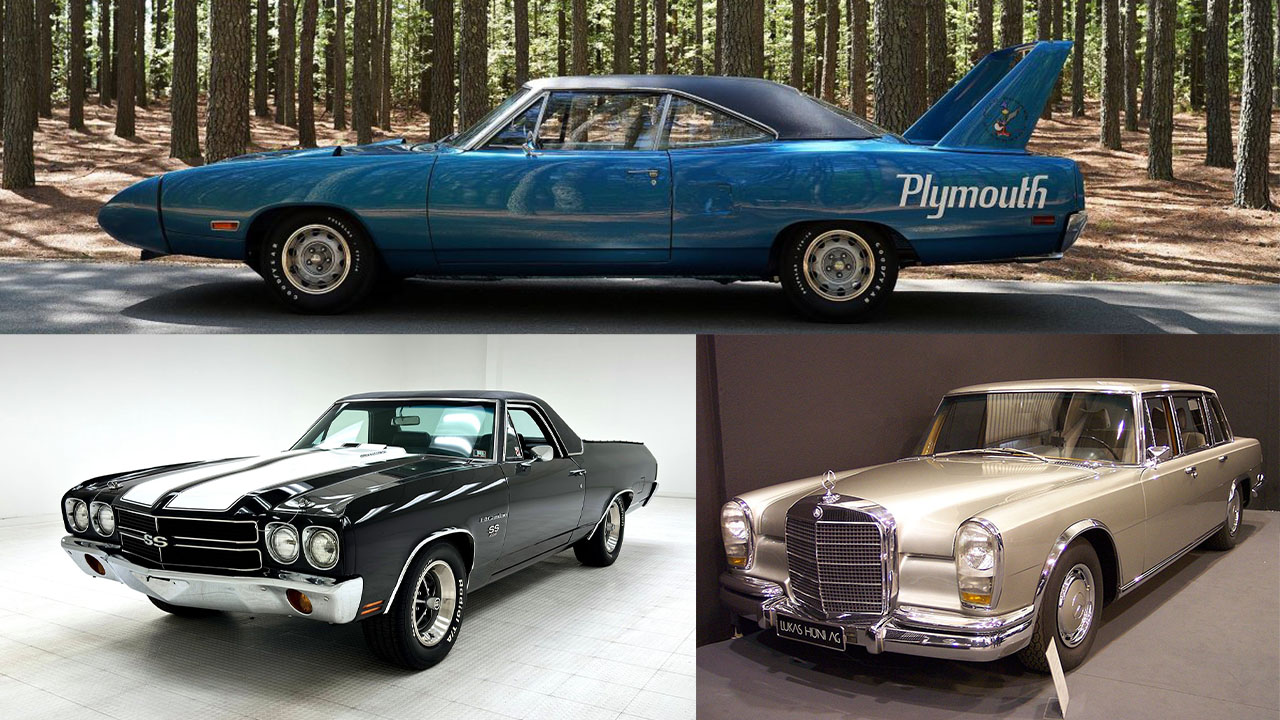If you’ve spent any time at a car show over the past three decades, chances are the phrase “restored car” instantly brings up images of Shelby Mustangs, Yenko Camaros, and Hemi Whatevers.
Sure, those are undeniably impressive machines but let’s be honest: they’re not exactly the most practical cars to restore.
When it comes to a good restoration project, the car itself should be worth the effort. It should have historical significance and be something that genuinely deserves to be preserved.
While those iconic muscle cars certainly qualify in that regard, the ideal project car is also one that you can realistically take from start to finish ideally without trading your soul for the chance.
That means finding vehicles that are rare enough to be interesting but still accessible, affordable to purchase without being plagued by terminal rust, and built with parts that are easy to find ideally from other cars you might stumble across in your local junkyard.
If you’re a newcomer to the scene, make sure to check out these recommended project cars for beginners.
Cars That Are Worth Restoring
What follows is our list of cars that make fantastic restoration candidates for budget-minded enthusiasts. Some are true vintage classics worthy of a spotlight at any show, while others are more modern vehicles you still see cruising the roads.
A few might appeal to collectors and investors, but most are simply a joy to restore and drive without putting your financial future in jeopardy.
1. Chevrolet El Camino
The El Camino shares all of its major mechanical parts and most of its trim with other General Motors vehicles, which means restorable models can often be found at relatively low prices.
If you’re into the styling, the 1980s versions especially the SS models are definitely worth considering. These models are essentially GM A/G body cars with pickup beds, which makes them very affordable and straightforward to restore.
Even though you might have to search a bit for original trim pieces, the overall process is simple and cost-effective.
The 1920s American roadster utility, or ‘roadster pickup,’ marked the first two-door vehicle derived from a passenger car that featured a rear cargo tray. A coupe utility with a fixed roof was developed in 1932/4 by Ford designer Lew Bandt for an Australian farmer.
As the economy improved, there was a growing preference for comfort, which led to GM Australia producing a Chevrolet coupe utility in 1935. This was followed by Studebaker’s Coupe Express, which was manufactured between 1937 and 1939, and Holden’s sedan-based model, introduced in 1951.
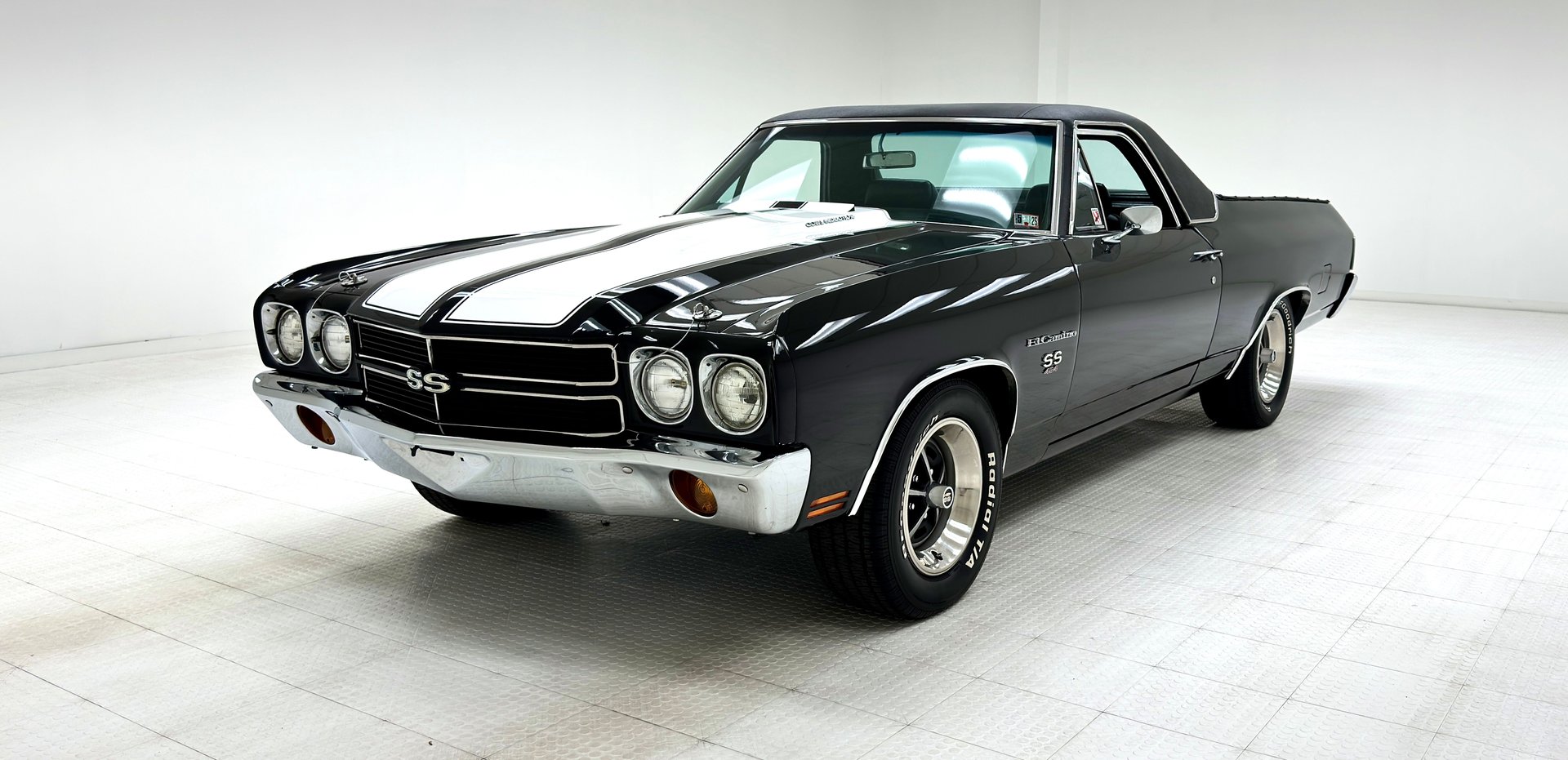
In 1952, automotive designer and GM executive Harley Earl proposed the idea of a coupe pickup. The Chevrolet Cameo Carrier pickup truck, introduced in 1955, was a precursor to the El Camino, offering a blend of passenger car styling, a luxurious interior, and the option of a V8 engine.
By 1957, Ford, Dodge, and Studebaker began offering flush-side cargo boxes on several pickup trucks before the coupe utility body style emerged in America.
The 1957 Ford Ranchero, adapted from a two-door station wagon, pioneered a new market segment. It was both practical and enjoyable to drive, selling 21,706 units.
While Chrysler showed little interest in this new competitor, GM decided to design its own car-based truck. The Chevrolet El Camino was introduced on October 16, 1958, for the 1959 model year.
Combining the “passenger style car” with “the cargo capacity of a pickup,” its “dramatic slimline” design was hailed as “the handsomest thing that has ever happened to hauling.”
The El Camino presented a smart coupe utility that was seen as more respectable in the 1950s suburban environment compared to industrial designs.
As described, “This new combination of glamour and utility makes the El Camino an ideal vehicle for busy suburbanites who have both an eye for style and weekend work … it’s just right for hard-working farmers, ranchers, or businessmen.”
In its first year, 22,246 El Caminos were sold, surpassing the Ranchero’s debut and 14,000 units sold in 1958. However, the recession and increasing demand for smaller cars led to the end of the first-generation El Camino production by 1960.
The El Camino was revived during the muscle car era in 1964. Just as the Ranchero had transitioned from the full-size Fairlane to the compact Falcon, the second and third-generation El Camino was based on the Chevelle. The high-performance Super Sport model featured exclusive engines, including the iconic 454 V8.
2. C3 Corvette
Corvettes older than the C3 tend to come with sky-high price tags, and the newer ones often lack excitement. The C3, however, was a true head-turner during the disco era and it still holds that appeal today. It was arguably the last Corvette to truly stand out until very recently.
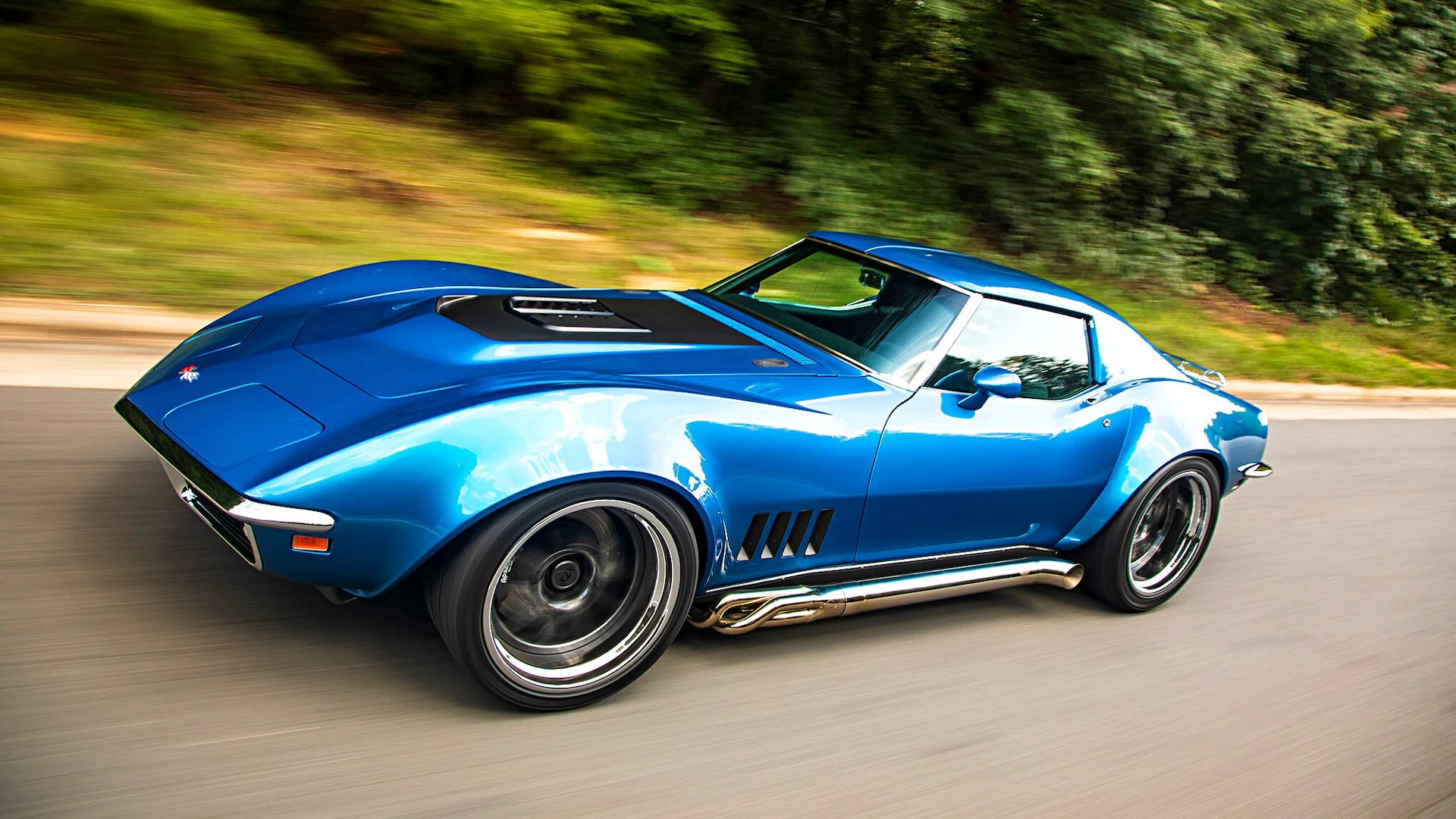
You can find C3s in restorable condition at relatively low prices, and since they share nearly all of their major mechanical parts with other Chevrolet models from the same era, restoring one doesn’t have to break the bank.
Just be sure to get a complete example with all the original trim those little pieces can end up costing a fortune over time.
In this chapter of Corvette history, we dive into the era of the “Shark,” the nickname synonymous with the C3 Corvette.
When it debuted in 1968, the C3 received a divided response from enthusiasts and critics alike, as it navigated through the turbulent waters of ever-evolving emissions regulations throughout the 1970s and 1980s.
Interestingly, the development of the C3 began before the release of the big-block C2 models. General Motors and Corvette’s design team were determined not to let the C2 endure a production run as lengthy as the C1’s ten-year stretch.
To accelerate the process, they initiated an internal design competition with a clear directive: the new Corvette had to be ready for the 1967 model year.
Two major design teams soon formed—one led by Zora Arkus-Duntov and the other by Frank Winchell, director of the Chevrolet Engineering Center.
The idea of a mid-engine Corvette had been circulating since the early 1950s, and while Duntov and Winchell had different takes on the specifics, both teams focused their designs around mid/rear-engine platforms. Their influences included the Corvair and European icons like the Porsche 911 and Lamborghini Miura.
Bill Mitchell, a pivotal figure behind the C2 Corvette, wasn’t going to sit this one out. He assembled his own team, joining the fray with his unique vision.
The three groups approached the task from different angles—Duntov and Mitchell leaned on design cues from the early Mako Shark I concepts, while Winchell’s approach leaned heavily on Corvair-inspired ideas.
The sweeping curves and sharp aesthetics of these concepts made them visually impressive, but from a practical standpoint, they fell short.
Technological limitations of the time, available components, and budget restrictions made it impossible for any of the teams to deliver a workable mid/rear-engine Corvette, and ultimately, those concepts were abandoned.
Undeterred, Mitchell partnered with designer Larry Shinoda to craft a new design. Their concept skipped early-stage prototypes and jumped straight from sketches to a full-scale model.
This design was versatile enough to accommodate both front and mid-engine layouts and was approved by Chevrolet’s design department.
From there, it evolved into the Mako Shark II concept car, which toured the auto show circuit during the final years of C2 production and teased the direction of the next-generation Corvette.
While the concept drew interest, the real-world version was met with criticism. Although it retained much of the C2’s mechanical foundation, the C3 struggled from the outset.
The aggressive wedge-shaped nose and ducktail rear wing caused significant front-end lift—a flaw also seen in early Winchell designs.
The narrow body design restricted airflow to the engine bay, resulting in heat buildup and insufficient cooling. The small nose limited air intake to the radiator, exacerbating overheating issues. These problems persisted throughout the C3’s production life.
Structural problems also surfaced. The concept cars suffered from squeaky roofs due to chassis flex caused by their one-piece removable roof design.
To address this, a center roof beam was added for increased rigidity, giving birth to the iconic T-Top. Convertible versions of the car avoided this issue. With multiple setbacks, the C3’s production was pushed back a full year to 1968.
When it finally hit the market, it became clear that the overall build quality had slipped compared to both earlier Corvettes and rival cars. Criticism over its radical styling lingered, and even the much-anticipated T-Tops didn’t generate the excitement GM had hoped for.
However, a saving grace was the C3’s impressive straight-line speed—especially in the big-block variants—and the driving enjoyment delivered by the sub-400-hp small-block models.
3. 1969 to 1978 Datsun Z-Car
Classic Japanese sports cars continue to gain popularity with each passing year, and it doesn’t get much more iconic than the original Z-Car.
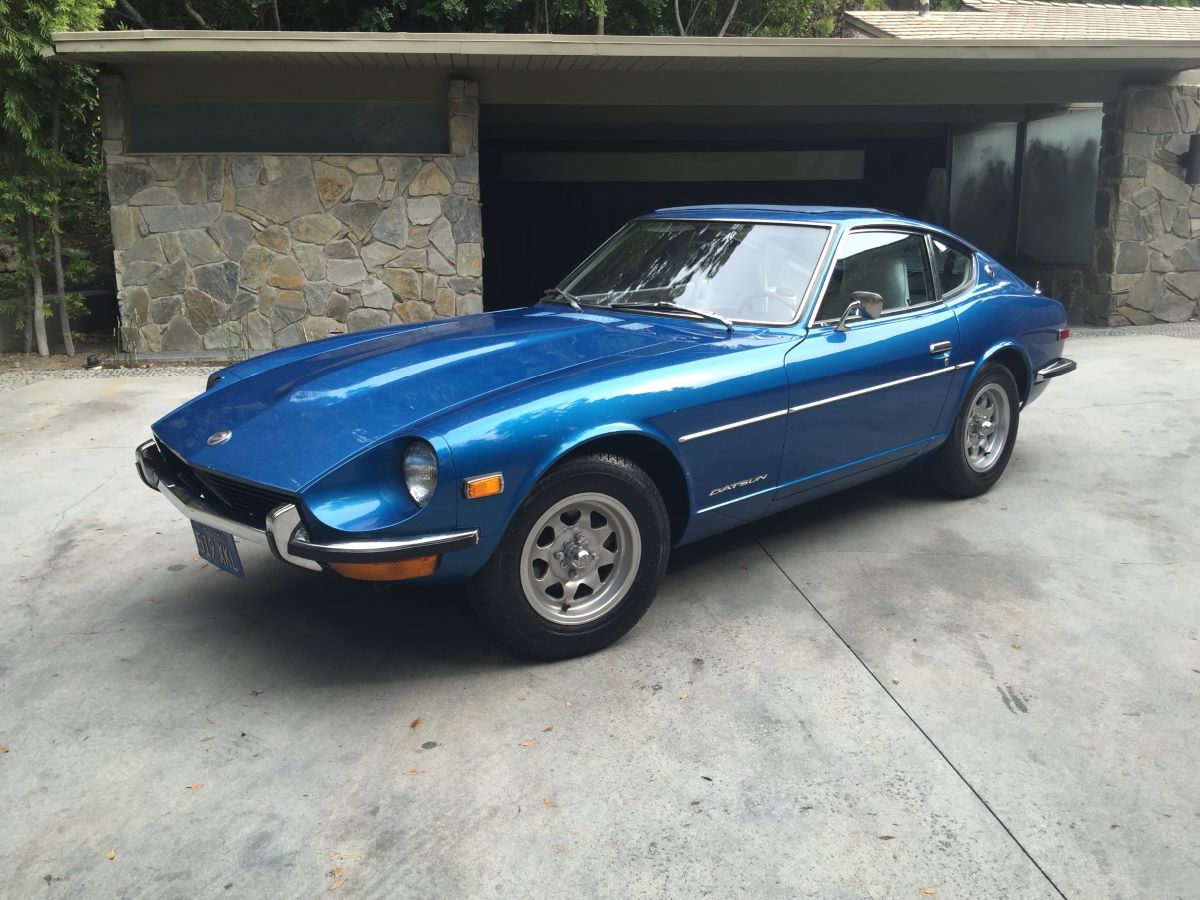
When restoring one of these, a “visual” restoration using new components wherever possible is the best approach. And for your own safety and sanity, make sure to add a chassis stiffening brace underneath.
Even when they were new, Z-Car chassis were notoriously flexible, and that situation certainly hasn’t improved after more than forty years on the road.
The Nissan S30, more commonly known as the Datsun 240Z, marked the debut generation of the Z GT two-seat coupe. It was produced from 1969 through 1978.
Every model in this lineup featured a fully independent suspension system, utilizing MacPherson struts in the front and Chapman struts in the rear. Standard braking equipment included front disc brakes paired with rear drum brakes.
Both the 240Z and 260Z were equipped with twin, variable venturi Hitachi one-barrel side-draft carburetors, which closely resembled SU carburetors in design.
Starting with the 1973 model year, these carburetors were replaced to meet stricter emissions standards. However, the original carburetors delivered better performance than the later Weber units that replaced them.
For the U.S. market, the 280Z introduced in 1975 featured L-Jetronic electronic fuel injection, a system developed by Bosch.
This upgrade was mainly a response to the increasing challenge of maintaining adequate engine power while conforming to U.S. emissions regulations, which had become difficult to achieve with carburetors alone.
4. 1973 to 1986 Ford Pickup
If you’re between the ages of 15 and 65, chances are you have some nostalgic memories tied to an old Ford pickup. While these trucks may not be the most technically sought-after, models from 1973 onward are still very affordable.
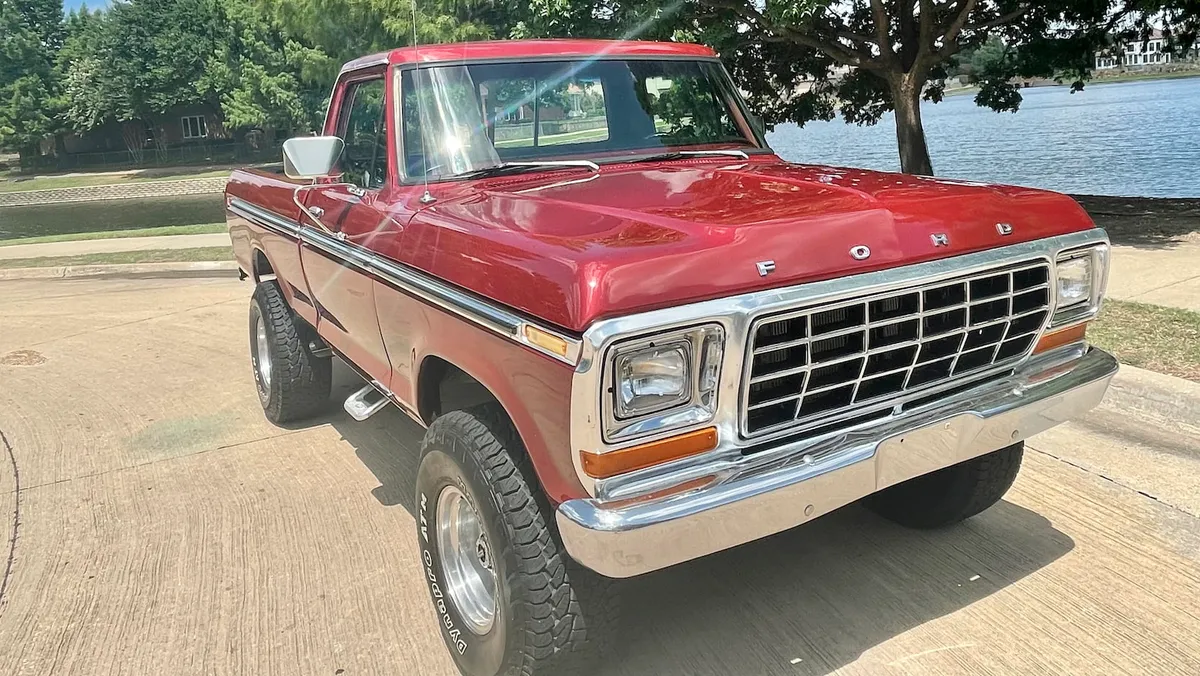
Trucks built before 1986 even come without fuel injection, which simplifies the restoration process. Plus, they share parts with just about every other Ford vehicle, making sourcing components a breeze.
All in all, they make for a fun and approachable restoration project hard to go wrong with and once they’re cleaned up and polished to better-than-new condition, they’re sure to grab attention.
Instead of transitioning to an entirely new chassis—which wouldn’t debut until 1980—Ford opted to build the sixth generation of its F-Series pickup trucks on the same frame and suspension design that had been in use since 1965.
Still, the company made sure to incorporate enough updates and feature enhancements throughout the next seven years to propel both the F-100 and its newly introduced F-150 sibling to the top of the American pickup sales rankings.
Visually, the 1973 Ford F-Series borrowed heavily from the styling cues of its predecessors. Ford was careful not to alienate loyal customers, so the updated model retained a familiar overall silhouette.
However, it introduced a distinctive crease running along the side sheet metal from front to back—earning the truck its “dentside” nickname. It also featured a more defined clamshell hood, now equipped with reinforced internal bracing to reduce shake, along with a taller, more prominent grille.
In 1974, Ford expanded the lineup with a six-passenger extended cab version, dubbed the ‘Supercab.’ Buyers could choose between a rear bench seat or optional jump seats, providing additional flexibility.
While the underlying chassis was carried over, Ford engineers focused on enhancing other areas of the truck. This included the introduction of a larger greenhouse with curved door glass, a stamped bed, and rounded floor corners for improved utility and durability.
Rust resistance saw meaningful upgrades, and the fuel tank was relocated from beneath the cabin to a position behind the rear axle—under the bed—an arrangement that would remain standard for decades. This change also freed up interior space, allowing for a more comfortable seating position in the cabin.
5. Flat-Fender Jeep
It’s a flat-fender Jeep. Even as Jeep models have changed and modernized over the years, the original civilian version of the flat-fender Jeep is still celebrated for its rugged reliability and toughness.
Fenders are the protective panels that frame and shield the wheel wells of your vehicle. Their job is exactly what the name suggests—they “fend” off dirt, debris, and road grime flung up by the tires. But when it comes to Jeeps, what exactly is a flat fender—or “Flatfender”—and why does it matter?
Over the last 80 years, Jeeps have evolved considerably, making the answer a bit layered. Still, the simplest definition is this: flat fenders on a Jeep are slim, angular sheet-metal extensions that resemble flat, shelf-like guards sitting above the front wheels.
In contrast, the rear of the vehicle—the tub—features body panels with wheel cutouts for the back tires.
These flat fenders aren’t just a stylistic throwback—they offer functional benefits, too. They allow extra clearance for larger off-road tires and improve approach angles, making the vehicle better suited for rugged terrain. Some enthusiasts go so far as to say that a Jeep without flat fenders isn’t really a Jeep at all.
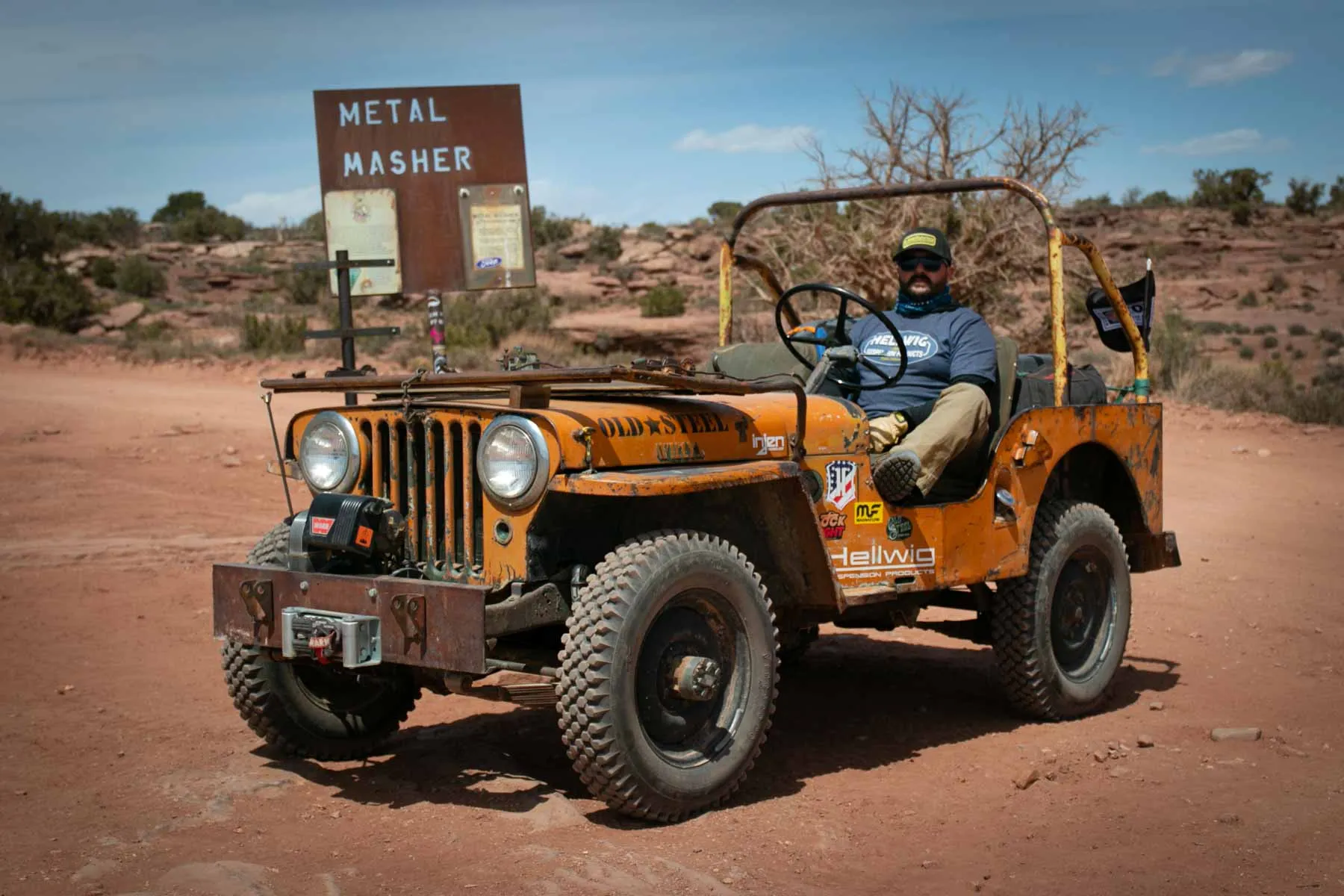
While opinions differ on that, there’s no debating that the original Willys “flatties” are the foundational models of the Jeep legacy, and today, these early rigs are enjoying a surge in popularity among collectors.
The story begins in 1940, when the U.S. Army sent out a request for a “light reconnaissance vehicle” to 135 automakers.
Requirements were clear: a compact 4×4 that could carry a light machine gun, be quick and cheap to fix, and feature components like thin metal fenders for ease of repair in the field. Only three companies responded: American Bantam, Willys-Overland, and Ford.
Each automaker submitted its own prototype. Willys-Overland built just two units of a vehicle called the Quad. Bantam submitted the BRC-40 (Bantam Reconnaissance Command).
Ford entered with the Model GP. These three early 4x4s—different as they were—would all come to be lumped together under one common, iconic name: the “jeep.” And yes, all of them qualify as flat fenders, or “flatties.”
As for where the term “Jeep” came from, many assume it’s a slurred version of the acronym “GP,” short for “General Purpose.” There’s also the breakdown where “G” stood for government vehicle and “P” designated an 80-inch wheelbase. But the truth is a bit deeper.
The term “jeep” actually predates World War II, first appearing in World War I military slang to describe either a new recruit or a new, untested vehicle.
Cars That Are Expensive To Restore
Classic cars are becoming more and more desirable not only as financial investments but also for the deeply rewarding experience of transforming a wrecked version of your dream vintage ride into something that meets concourse standards.
For gearheads, few accomplishments bring greater joy.However, the unfortunate truth is that restoring a classic car can take several years of dedication and demand a significant financial commitment.
Even the more modest and realistic options still require a fair amount of time and money. But that doesn’t mean the task is unachievable or not worth pursuing.
That’s why we’ve compiled a list of vintage cars that are reasonably attainable when it comes to restoration projects.
To keep things practical, we’ve intentionally steered clear of the ultra-rare and ultra-expensive examples like the Ferrari 250 GTO, which remains the most expensive Ferrari ever auctioned.
5. Pontiac Trans Am SD-455
A truly outstanding vehicle that only grows more impressive with time, which is why we firmly believe every gearhead should experience driving a 1973 Pontiac Firebird Trans Am.
Even better, securing an SD-455 model of which only 252 Super Duty units were produced would be a major victory. Estimating a price can be tricky due to its rarity, but locating one isn’t entirely out of reach.
The real challenge lies in the restoration process, as many of its mechanical and electrical parts are now outdated or exist in such limited supply that months of planning may be required before even beginning the work.
Known for its robust cylinder block and four-bolt main bearings, ensuring the engine is in excellent condition is absolutely critical. If you haven’t guessed it by now, none of this will be inexpensive.
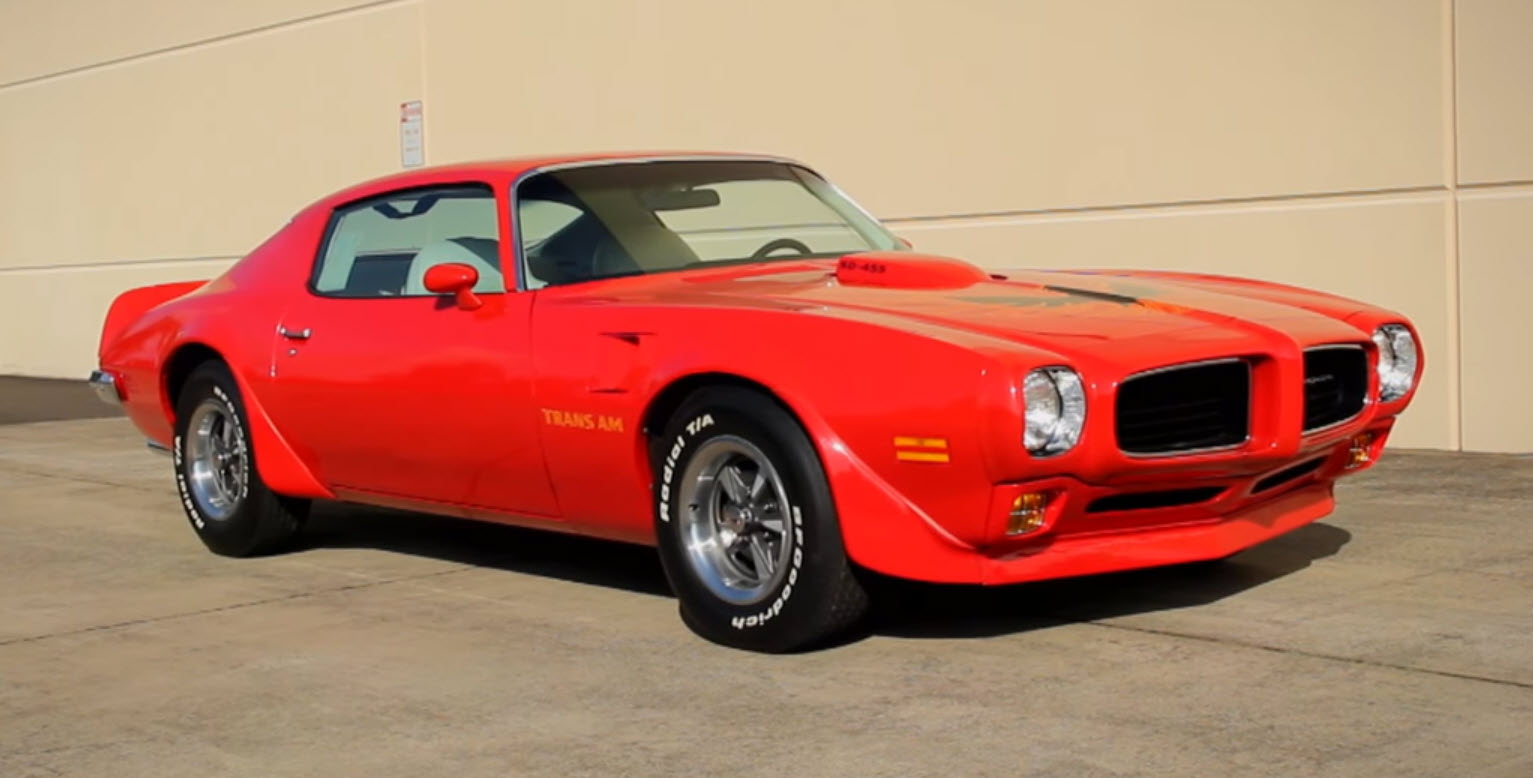
In the 1973 film McQ, a 66-year-old John Wayne saunters onto the screen, carrying only a shadow of the commanding presence he once brought to the screen.
Known for his stoic roles in westerns, Wayne seemed miscast in a gritty detective thriller—a genre clearly chasing the momentum of Dirty Harry, which had premiered just two years earlier.
Yet, the Duke still had a measure of stubborn toughness left in him. And when he slid into the driver’s seat of a dark green 1973 Pontiac Firebird Trans Am, the car choice couldn’t have been more appropriate.
Currently listed for auction at Bring a Trailer (a Hearst Autos property, like Car and Driver) is a Brewster Green 1973 Pontiac Firebird Trans Am 455, outfitted with the sought-after four-speed manual transmission.
While this isn’t the most iconic “screaming chicken” in the Firebird lineage—that title belongs to the Bandit’s car—it’s still a standout. Positioned at the brink of the 1970s fuel crises, this Trans Am represents a stylish swan song to the golden age of muscle cars.
This specific example is collector-grade, wearing its original factory paint and displaying just 250 miles—although the exact mileage remains uncertain.
Riding on 15-inch Rally II style wheels, the car has been meticulously restored by Restore a Muscle Car (RAMC) in Nebraska, a shop well-versed in classic Pontiacs, including several 1977 Bandit-style models.
The early ’70s Firebird carries a kind of raw sophistication. While this Trans Am’s L75 7.4-liter 455 engine didn’t match the brute force of the Super Duty, it was still formidable, delivering 250 horsepower in factory form.
4. Mercedes-Benz 600
If you’ve ever found yourself wondering about the price of a 1972 Mercedes 600 Pullman, be prepared for a serious reality check unless your bank account has a few extra zeroes.
While the car itself is already quite expensive, restoring one that’s seen better days is an even more daunting task. What else could you expect from a vehicle originally designed for royalty?
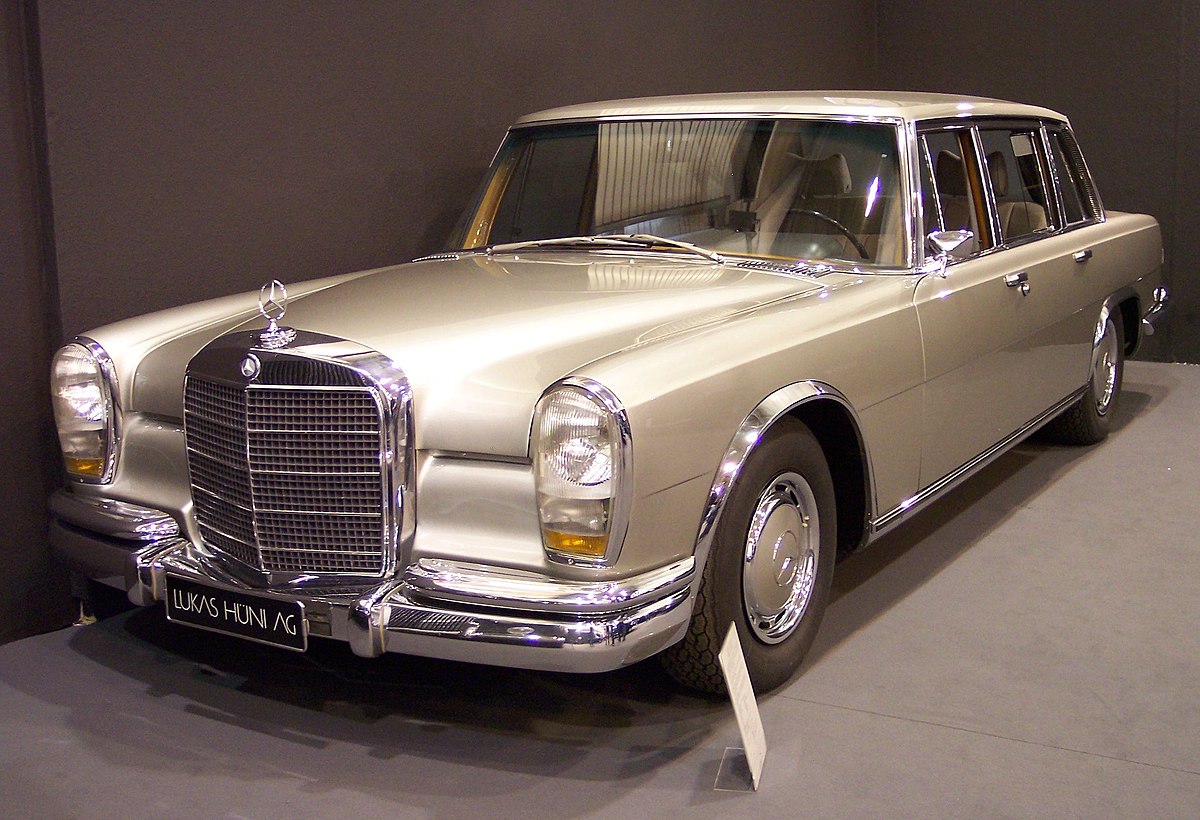
However, if you happen to have both the financial means and the patience to undertake such a restoration, you’d join an exclusive group of owners, including Queen Elizabeth II and Jack Nicholson, as the proud owner of a Mercedes-Benz 600.
Remember the excitement Jeremy Clarkson displayed in the ‘Grosser vs. Corniche: Old Car Challenge’ episode? That should tell you everything you need to know about the allure of this iconic car.
3. Plymouth Superbird
The value of the 1970 Plymouth Superbird is steadily rising, and there’s no denying it. It remains one of the most iconic and instantly recognizable shapes in the history of American muscle cars, largely thanks to its distinctive, massive rear wing.
With only 2,000 units ever produced, tracking one down is a challenge in itself.If you’re fortunate enough to locate an example, the cost of restoring it could run into the hundreds of thousands of dollars, depending on its condition.
And it’s not just about the bodywork; after years of use or storage, you’re likely to encounter mechanical issues that will need attention, adding even more to the restoration effort.
The short-lived Plymouth Road Runner Superbird stands as one of the most impressive and distinctive vehicles that many people have never heard of. Because it was only produced for the 1970 model year, it often escapes mainstream recognition.
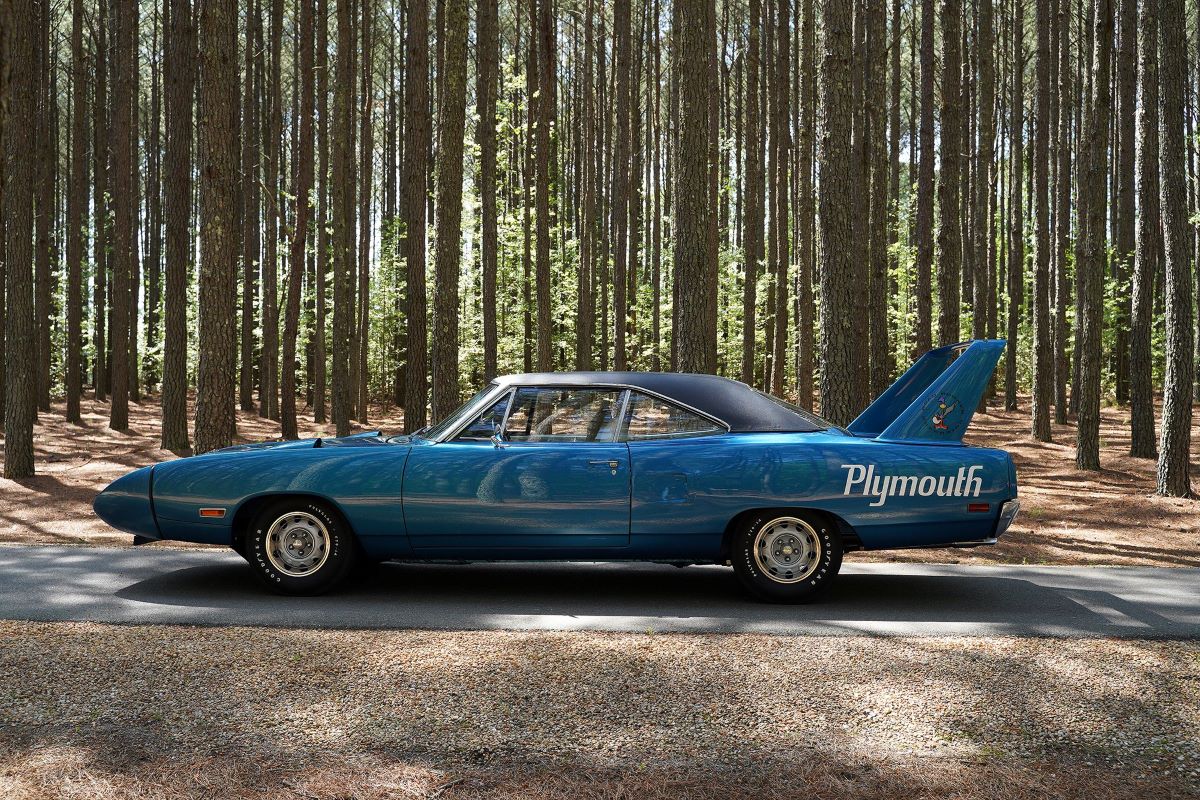
Yet, in its brief time on the road and track, the Superbird made a lasting impact—not just by helping to bring legendary NASCAR driver Richard Petty back to Plymouth’s racing team, but also by prompting NASCAR to implement new rules aimed at limiting the dominance of aero-bodied cars.
The NASCAR version of the Plymouth Superbird was a radically reworked edition of the standard Plymouth Road Runner, purpose-built to dominate the race track.
Although Plymouth offered the Superbird for only one year—1970—it left a significant mark in racing history by capturing numerous wins in NASCAR events before regulatory changes effectively removed it from competition.
The Superbird is instantly recognizable thanks to its towering rear wing and distinctive aerodynamic nose cone.
Plymouth developed the Superbird for two primary reasons: to craft its own interpretation of the Dodge Charger Daytona and to entice Richard Petty back to its racing roster.
Both goals were instrumental in shaping the car’s identity, contributing to the Superbird’s radical aerodynamic styling and its high-performance capabilities.
During the late 1960s, Dodge faced challenges on the NASCAR circuit. The regular Dodge Charger struggled to stay competitive, hampered by its wide front grille that generated considerable drag and a rear-end design that created lift, reducing stability at high speeds.
To change course, Dodge revamped the Charger in 1969, outfitting it with a tall rear wing and a new aerodynamic nose cone. These changes significantly enhanced the car’s performance and were introduced to the public in the form of the Dodge Charger Daytona.
The results were immediate. The redesigned car debuted at the Talladega 500 and claimed victory right out of the gate.
On top of the race win, the Dodge Daytona etched its name in the record books as the first NASCAR vehicle to break the 200-mph barrier, forever altering the standards for stock car performance.
2. Ford Mustang Boss 351
A car with few detractors, the original Ford Mustang Boss 351 is becoming increasingly rare, as only 1,806 units were ever produced.
This rarity is also why one of our digital artists took it upon themselves to create an unofficial modern version of the Ford Mustang Boss 351 perhaps that’s the easiest way to get your hands on one?
If you happen to find an original, expect the price to range from $50,000 to $100,000. Mustangs from this era are not particularly known for their reliability, so it’s almost certain that some level of restoration will be necessary if you decide to take one home.
Be prepared for the initial cost to be matched or even exceeded by the expense of bringing one of these rare Boss 351s back to its prime, as they are not cheap to restore.
The 1971 Ford Mustang Boss 351 holds a legendary status for a variety of reasons. It marked the end of an era in more ways than one: it was the final iteration of the first-generation Mustang, the last true muscle car from Ford’s golden age, and the ultimate racing-spec Mustang of its time.
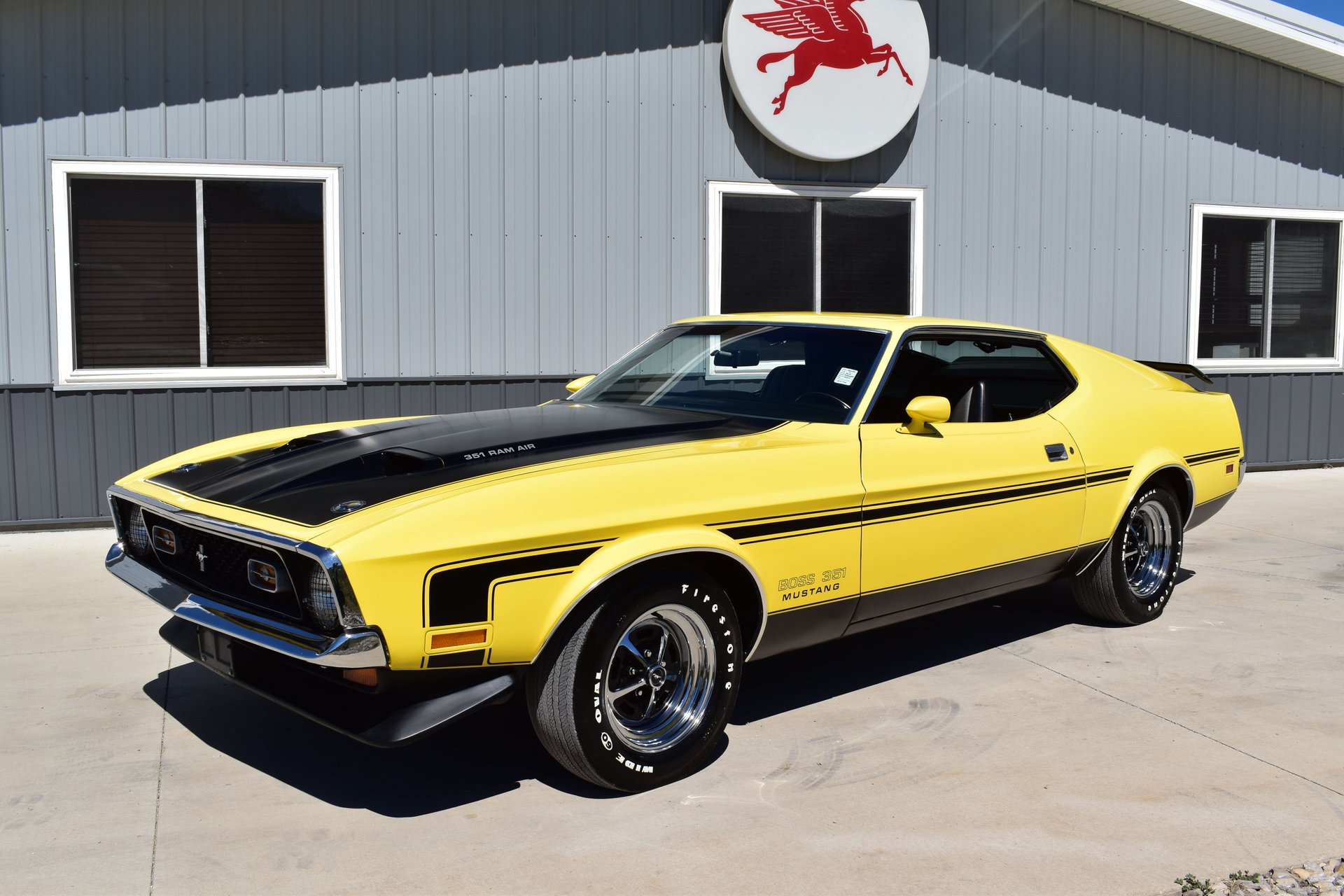
It also stood out as one of the earliest fastback Mustang models. With so many historical milestones wrapped into a single car, it’s easy to see why the Boss 351 commands such high value today.
Depending on its condition, a 1971 Boss 351 can fetch up to $125,000 in the current market, while even those in fair shape can still be worth around $45,000.
The driving factor behind this high valuation is scarcity—Ford produced fewer than 2,000 units in 1971, and it’s estimated that only about 630 remain today.
When it first hit the market, the Boss 351 came with an all-in price just above $4,100, which would be roughly $31,000 adjusted for inflation.
This car wasn’t just about looks or rarity—it came with a distinct powertrain and a surprisingly complete equipment package for its time. Built with performance in mind, it was engineered to handle both drag racing and road course challenges.
However, 1971 was the only year the Boss 351 was available. While the visually similar Mach 1 carried on through 1973, the Boss 351 had a single-year run before the fuel crisis reshaped the Mustang lineup for the next generation.
1. Chevrolet Corvette Stingray (C2)
How amazing are the early Corvettes? It’s not that the modern versions aren’t impressive, but let’s be honest: they simply can’t match the swagger and attitude exuded by the earlier models.
Finding the C2 Chevrolet Corvette of your dreams will be challenging, and that task only becomes more daunting when you realize how much effort and work will go into the restoration.
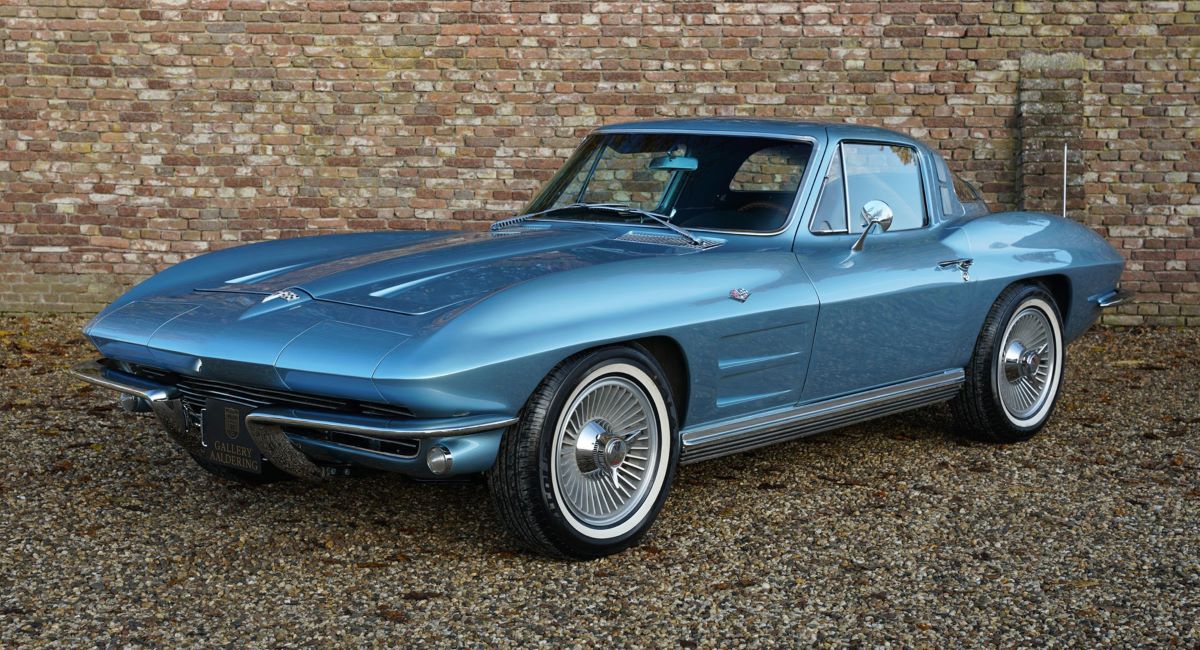
The primary challenge lies in the car’s design specifically, its chassis and shortened wheelbase, which make sourcing the right parts a difficult endeavor.
If you’re lucky enough to track down a coveted 1963 model, complete with the sought-after rear split window, be prepared: your restoration process could end up costing more than what you initially paid for the car itself.

